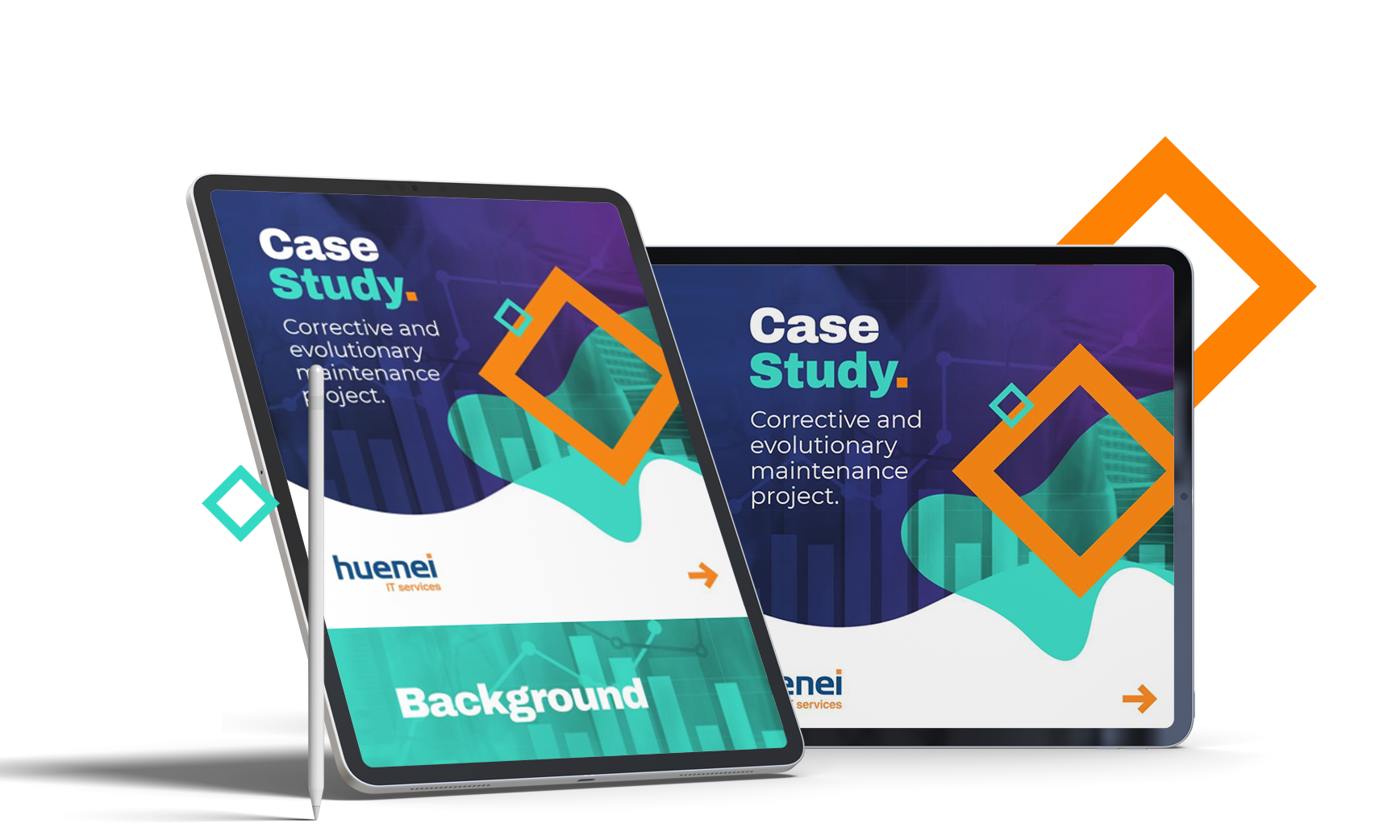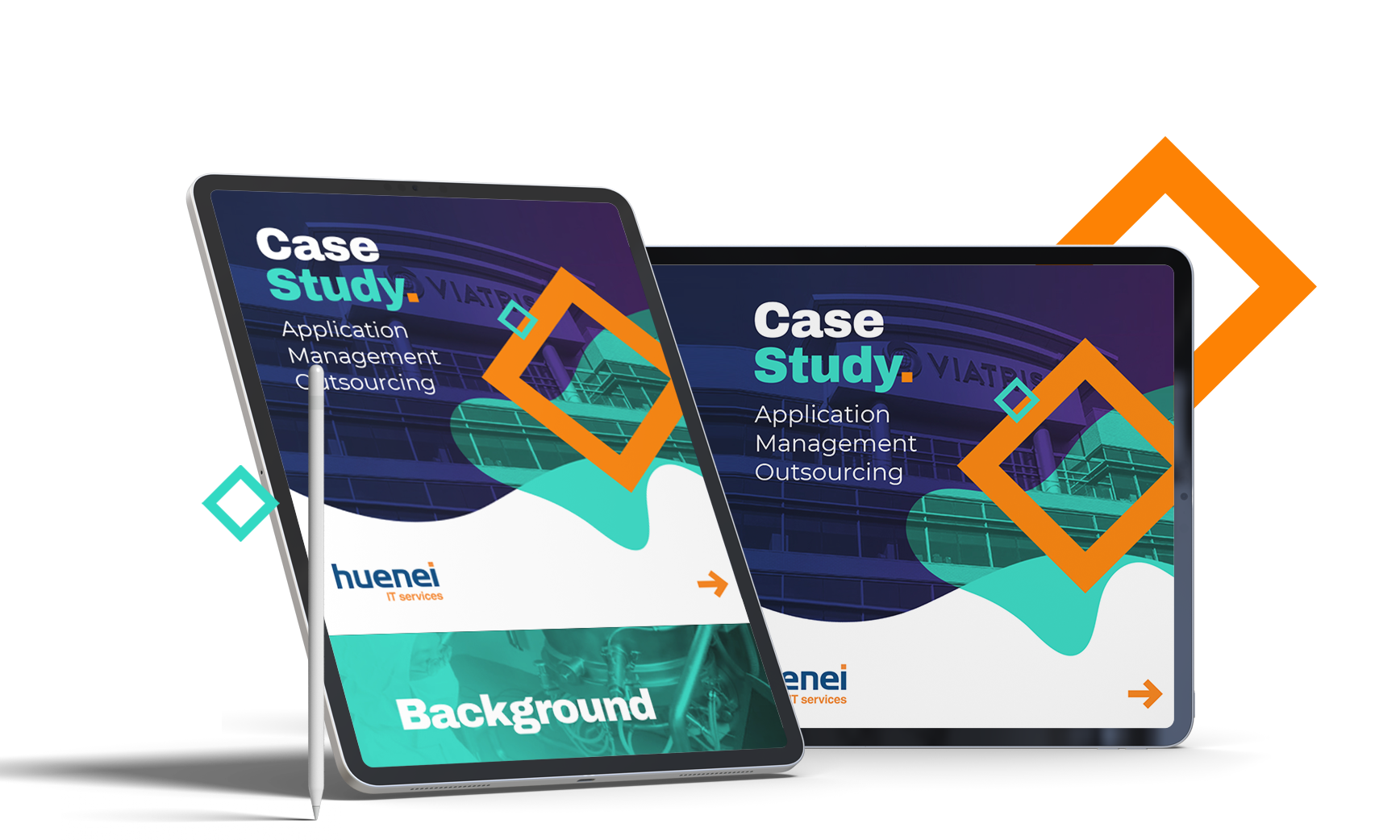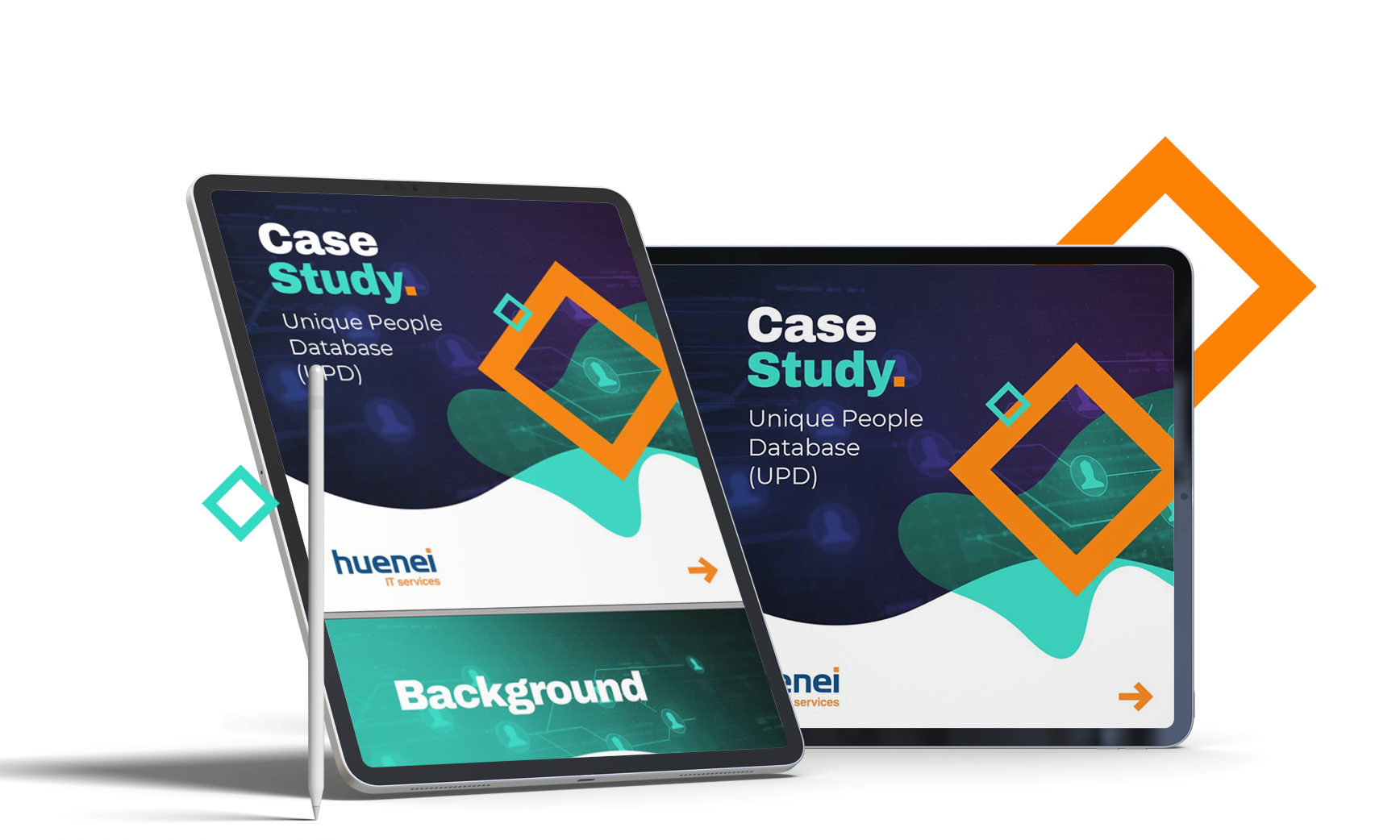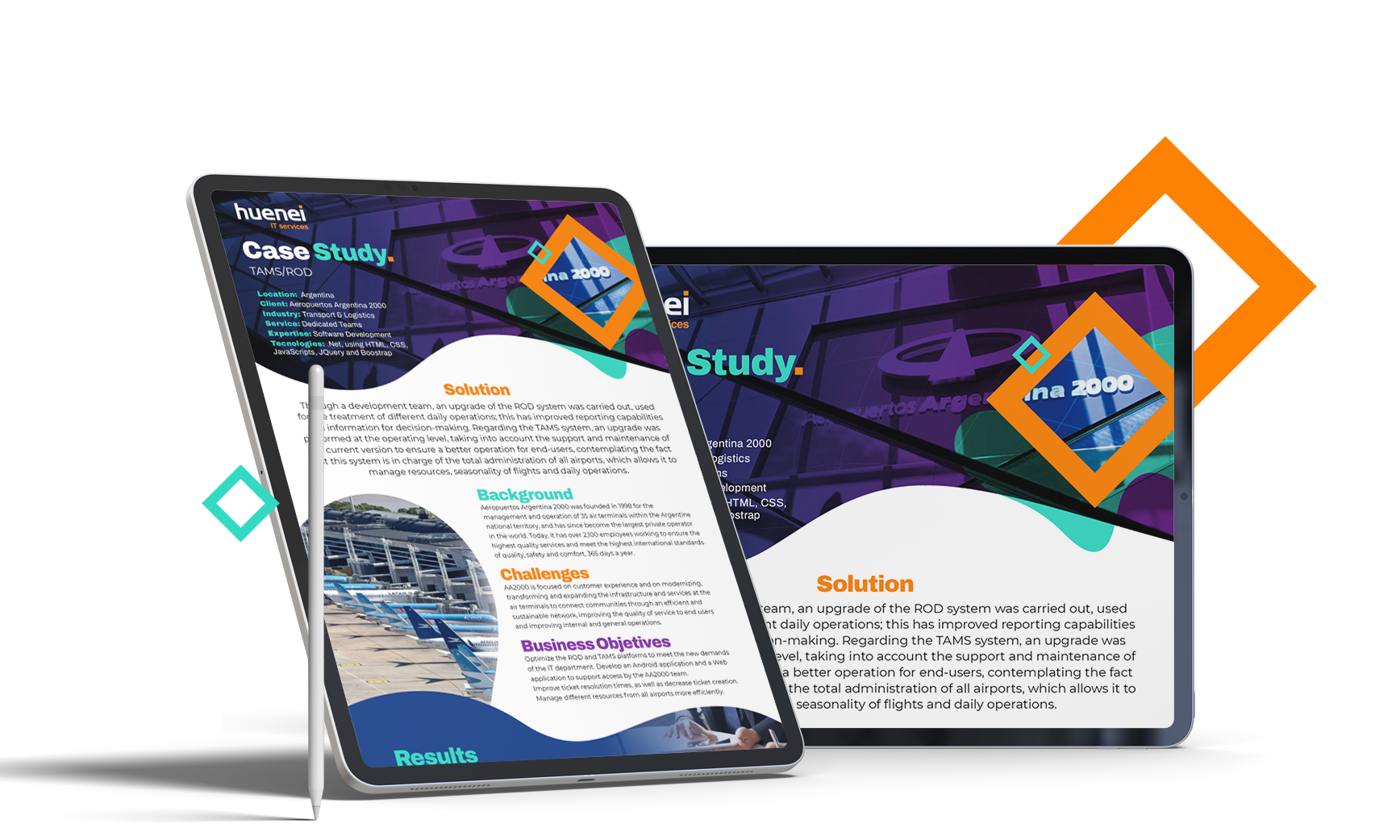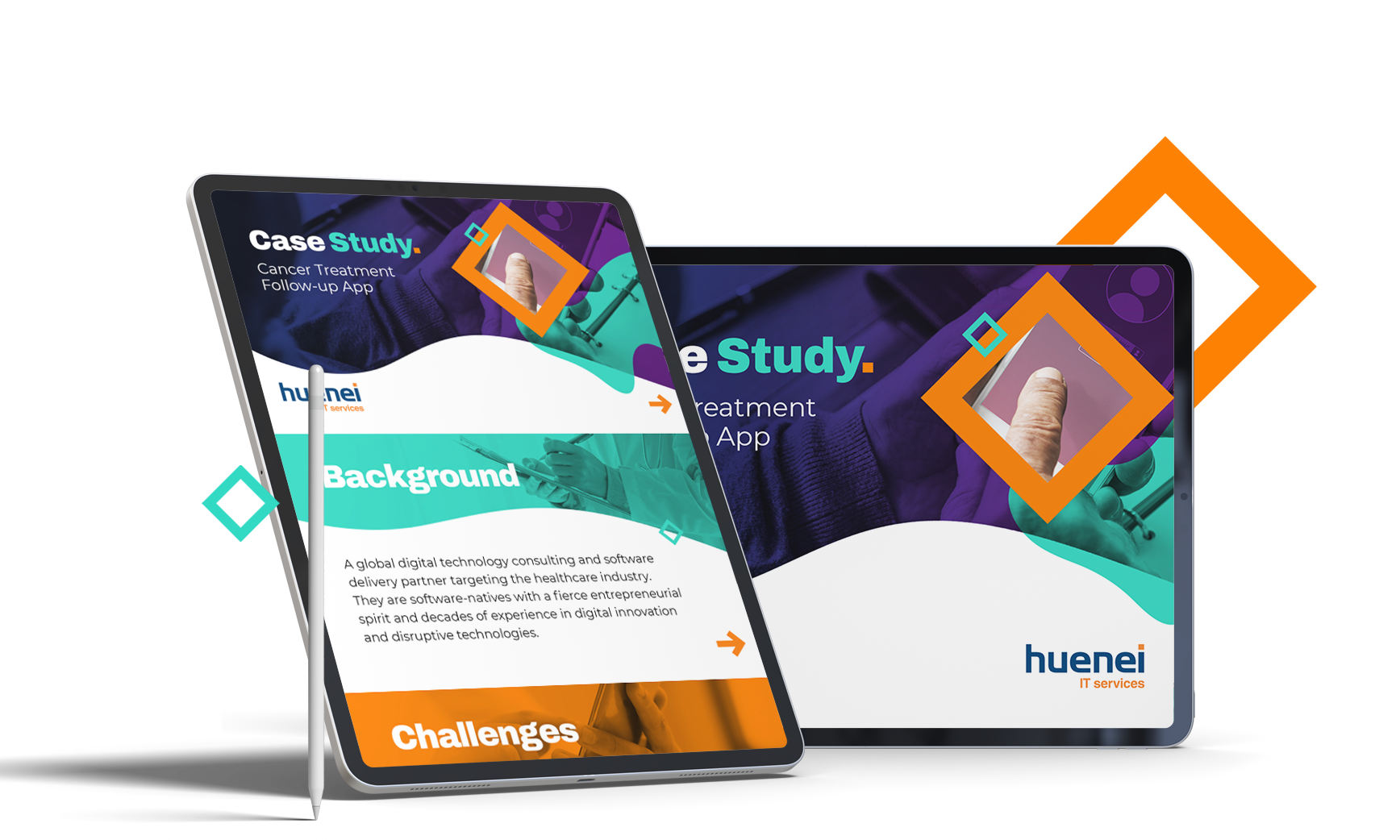A good design must be built on a stable and correct foundation, therefore, the first steps in the design process are decisive for obtaining good results. When we refer to the prototyping phase, it is made up of several stages where many are usually little representative sketches of the final result.
The idea behind this type of sketches is to distribute, point and indicate the content that the design will carry. Instead, other representations can be an almost exact sample of what the design will be, especially visually.
However, when it comes to app designs, for example, which can be perfectly extrapolated to web design, it must be taken into account that everything that the user is going to interact with is being designed; therefore, the static prototype will fall short when it comes to showing how the user is going to relate to it and what their experience will be like, regardless of whether this prototype represents the final result very well.
This makes it clear that the user experience is one of the most important bases for development since it depends on how much end-users will be able to adapt to the proposed design. The prototypes then serve as a preview of what the interaction with the app will be like, this is the importance of the prototype during the design and development phases.
What is a prototype?
It’s a superficial working model of the application. It provides quite useful information about the scope, needs, and expectations associated with the development of apps and web pages. It is considered a preliminary interactive sample of the idea before it becomes a complete product, which functions as a bridge between the design phase and the final product.
Prototyping applications is a must in the application development process, as it provides insight into the features and flow that will be incorporated into it, as well as giving a general idea of what end users can expect.
Types of prototyping
Low fidelity prototypes
It is known as the simplest type of prototype that is based on broad concepts of the final product developed. The level of detail and realism is low; Its main objective is to test and validate the design from the beginning of development. Low-fidelity prototypes are quicker to create, represented as very basic hand-drawn diagrams, and show how design flows from one stage to another.
Medium-fidelity prototypes
Significantly greater detail and interactions are added to this prototype class and are capable of usability testing. In addition, they have areas that provide a navigation guide to users within the application and provide prior information about their experience. Each action built into the app has an associated basic visual design, which can validate other interactions within the prototype.
High Fidelity Prototypes
These have the highest level of design and functionality built into the product prototype, making them much closer to the final product. Although high-fidelity prototyping is accomplished after a time-consuming process, its benefits are more than valuable. For example, most are used to identify errors during usability testing and to discover problems in the workflow.
Incorporating design elements and components give high-fidelity prototypes the appearance of the final product and enable very realistic interactions with the user. They are fully interactive, even clickable, making it one step closer to client and investor validation.
Main benefits of the interactive prototype
Brings user interface design to life
While end users can view and comment on the paper version of an application, they will not fully understand the nature of key interactions until the application is developed. Creating a clickable prototype is the most logical step in design where what is being developed really comes to life.
It enables users to provide valuable feedback in the proper context
By using a prototype, all scenarios are revealed in a way that users can truly appreciate. Since users see the appearance of an application that is working, their comments will be almost as valuable as having a fully functional application.
Helps reduce overall development time
Carrying out multiple changes to a prototype is much simpler and allows for timely user feedback while keeping the focus on site or application coding. All this instead of worrying about going back in stages of the process due to pre-production or post-production usability issues.
It works as a useful reference tool for developers
Prototypes can be used to illustrate functionality in a way that displays specs cannot. For example, if developers need to understand how a specific widget or control will work, they can use the prototype to answer functionality questions.
Some recommended tools
- Relative Wave has an interactive prototyping tool called Form, which has a fairly active community.
- Pixate is another interactive prototyping tool that is usually quite professional. With a complete tool, Pixate Studio makes it possible to make prototypes in an easy and fast way and similar to other design suites such as Photoshop or Flash.
- Facebook has an interactive prototyping tool called Origami, and also a quite communicative community as expected on this social network.
- Invision is probably the best-known interactive prototyping tool and also the most “corporate” of all. Anyone in the project can leave specific comments and discussions at each location, and even allow collaboration in real time.
- Framer is a Javascript framework for developing interactive hi-fi prototypes. It is a very complete tool and with many features that are worth considering.
Summary
Sometimes, when interactive prototypes are not developed as part of the process, design changes can negatively impact code.
At Huenei we understand that recoding an application in the development phase not only takes more time, effort and money, it can also affect the development schedule.
That is why we include the development of the prototype as a fundamental part of the process, which guarantees a successful development, with fewer errors and successful results.
If you want to know more about our development processes, we invite you to visit our Mobile Development section.



